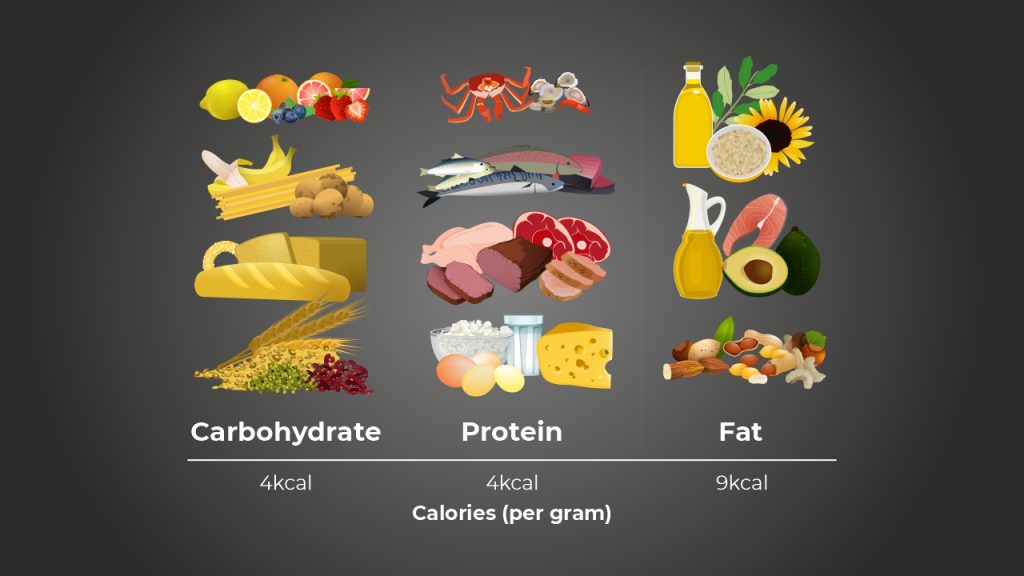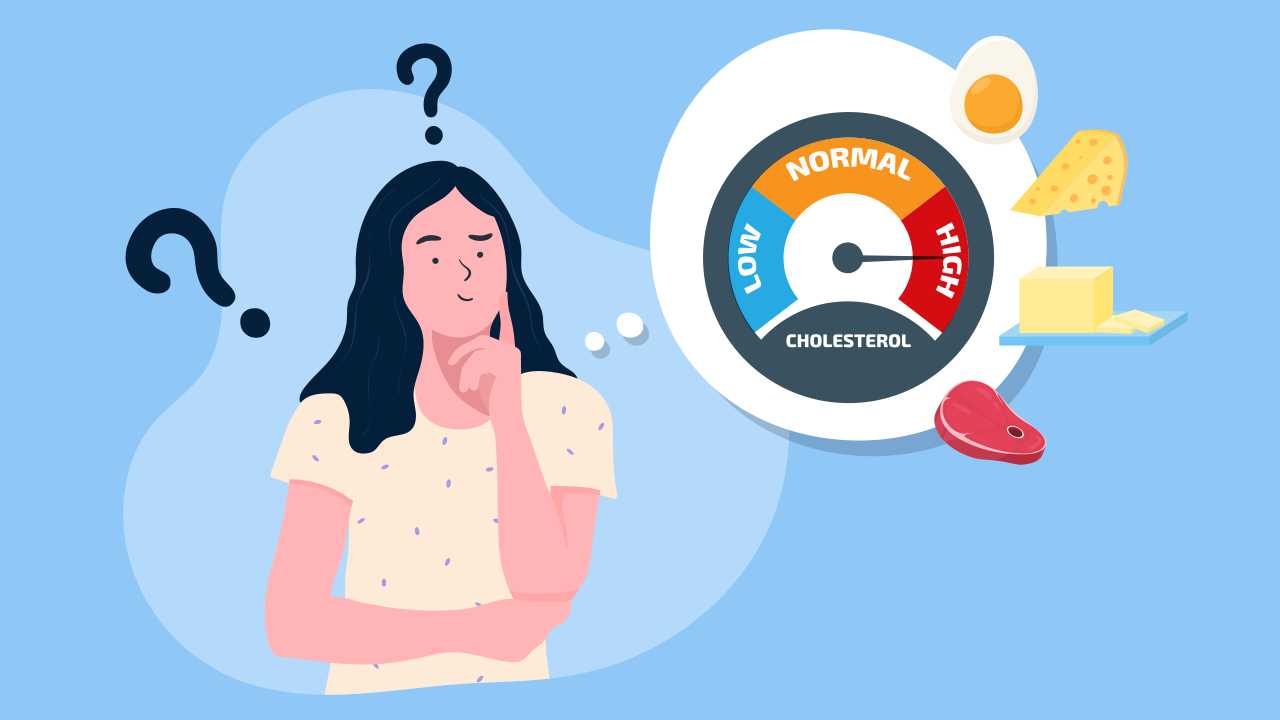
What Is a Calorie: A Beginner’s Guide

Any food you eat provides calories. But, what is a calorie? To put it simply, a calorie is something that gives energy to your body in the form of heat. Your body requires this energy for anything and everything — from typing on your computer to digesting food to lifting weights at the gym. And measuring your calories can be key to weight loss or weight management.
How do you obtain calories from food?
Calories can be expressed in terms of either kilocalories (kcal) or kilojoules (kJ). The most commonly used unit is kcal, which is what we’d be using here as well.
Our food is a combination of macronutrients and micronutrients. While macronutrients primarily supply us with energy, it’s the micronutrients, which support the energy production process for healthy growth, development, and other body functions. Macronutrients contain calories, while micronutrients are devoid of calories.
These are the number of calories supplied by macronutrients.

How to calculate the calories in your food?
Let’s say, you had a serving of grilled chicken breast for your last meal. How do you calculate the number of calories it brought to the table? Let’s take a look:
100g skinless chicken breast has the following amounts of macronutrients:
- Carbohydrates = 0g
- Protein = 21.81g
- Fat = 9g
Calories from carbohydrates
0g * 4 = 0kcal
Calories from protein
21.81g * 4 = 87.24kcal
Calories from fat
9g * 9 = 81kcal
100g skinless chicken breast contains 168.24 kcal. Since the majority of the calories you get from 100g skinless chicken breast are from proteins, chicken is considered to be protein-rich. Similarly, if a higher percentage of calories are being provided by carbohydrates (from fruits or cereals, for instance), that food is said to be carbohydrate-rich.
How many calories do you need to consume?
The total calories that you need to consume depends on your Total Daily Energy Expenditure (TDEE). TDEE is the amount of energy that your body utilizes on a daily basis for various functions and any physical activity. It depends on various factors, such as your physical activity level, age, gender, weight, and height.
There are several mathematical formulae that can be used to calculate your TDEE and ultimately your target calorie intake. Your target calorie intake will depend on your goals — whether you’re looking to lose, gain, or maintain your current weight. It will also depend on any existing health conditions.
Weight loss works on the premise of a calorie deficit diet, which means that your “calories out” must be greater than your “calories in”. Your total caloric consumption should be reduced by 300-500kcal from your TDEE if your aim is to lose weight. The calorie reduction can range from 15% to 25% less than your TDEE.
On the other hand, to gain weight, you need to consume 300-500kcal more than your TDEE, in other words, be in a state of a calorie surplus. So, your total calorie intake must be 15% to 25% more than your TDEE to gain weight. If you want to maintain your current weight, the caloric intake should be the same as your TDEE.
So, now that you know the science behind calories and how you get them through food, you might be able to make better dietary decisions to achieve your desired health goal.
References
1. Understanding calories. NHS. https://www.nhs.uk/live-well/healthy-weight/understanding-calories/ (accessed Feb 15, 2021).
2. Howell S, Kones R. “Calories in, calories out” and macronutrient intake: the hope, hype, and science of calories. Am J Physiol Endocrinol Metab 2017; 313: E608–12.
3. Brown RE, Canning KL, Fung M. Calorie estimation in adults differing in body weight class and weight loss status. Med Sci Sports Exerc 2016; 48: 521–6.














